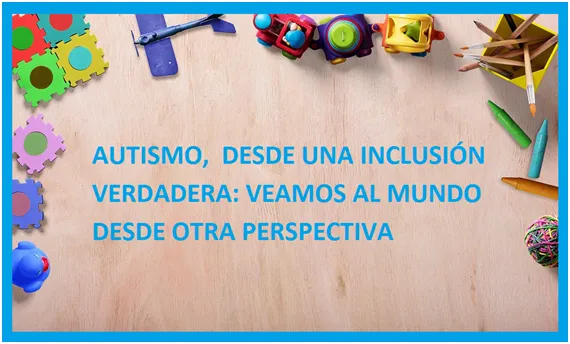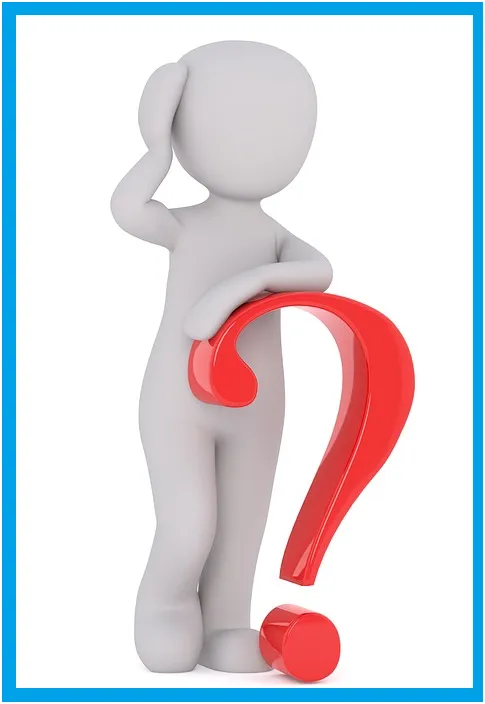
FUENTE/SOURSE

Hola, un saludo a cada uno de los hivers que hacen vida en esta comunidad, dejo claro que no solamente hablo de la comunidad azul, me gusta hablar de la comunidad multicolor en general, ya que la inclusión es uno de los enfoques de vida que tengo.
El autismo, parece increíble que después de tanto avance a nivel medicinal y tecnológico aún no podamos decir a ciencia cierta que, esta condición la define algo en específico.
Sabemos lo que hemos leído en caso de personas ajenas a esta condición, sabemos lo que tenemos como experiencia, en mi caso que soy profesora de educación especial, sabemos lo que vivimos el día a día, que es el caso de los padres de niños con autismo, pero… ¿Sabemos lo suficiente?

Hello, a greeting to each one of the hivers that make life in this community, I make clear that I am not only talking about the blue community, I like to talk about the multicolored community in general, since inclusion is one of the approaches to life that I have.
Autism, it seems incredible that after so much medical and technological progress we still cannot say for sure that this condition is defined by something specific.
We know what we have read in the case of people who do not have this condition, we know what we have as experience, in my case I am a special education teacher, we know what we live day by day, which is the case of parents of children with autism, but... Do we know enough?

FUENTE/SOURSE
La condición de autismo es un trastorno el desarrollo, que afecta principalmente el proceso socioemocional, interacción social y la comunicación tanto expresiva como comprensiva, aportando a su vez una serie de características dentro de la condición, que a mi parecer no aplican en todos los niños por iguales.
Debemos tener en cuenta que los niños con esta condición no son iguales, por ende no nos podemos regir por lo que un libro, una guía o una definición nos dice, en la universidad, en reiteradas ocasiones llegué a leer que los niños con autismo carecían de afecto, no abrazaban, no besaban, eran indolentes, en mi práctica pedagógica puedo decir lo contrario, he tenido a estudiantes con esta condición donde he presenciado un abrazo y un beso sincero.
Siento que debemos ser partícipes (TODA LA COMUNIDAD QUE SEPA DEL TEMA) de una inclusión verdadera, no podemos decir que aceptamos a las personas con discapacidad en general, cuando me molesta que el ciego no se apure cuando vamos caminando por la calle, cuando no soporto que el síndrome de down no se apure a entregarme mi pedido en un establecimiento de comida rápida, no podemos hablar de inclusión cuando no respetamos el ritmo de cada quien.
Solemos decir, (lo he escuchado) que las personas con discapacidad deben ser incluidas, y cuando se pregunta: ¿Qué es una persona con discapacidad? Solo señalan y verbalizan a esas personas cuya discapacidad es evidente a nivel físico (un Síndrome de Down, un ciego, una discapacidad motora), pero ¿Qué pasa con esa persona autista, que físicamente está dentro de la norma?, que cuando hace algo indebido lo juzgan si saber, sin pensar aunque sea un instante que esa persona pudiese tener una condición de vida.
La base para una inclusión efectiva es saber que, TODOS SOMOS DIFERENTES Y ESO ES ALGO MARAVILLOSO, no solamente a nivel físico, a nivel de altura, color de ojos, de piel, entre otros, también tenemos diferencias que no se ven, habilidades especiales diferentes.
The condition of autism is a developmental disorder, which mainly affects the socioemotional process, social interaction and communication both expressive and comprehensive, providing in turn a number of features within the condition, which in my opinion does not apply equally to all children.
We must take into account that children with this condition are not equal, therefore we cannot be governed by what a book, a guide or a definition tells us, in the university, in repeated occasions I read that children with autism lacked affection, they did not hug, did not kiss, were indolent, in my pedagogical practice I can say the opposite, I have had students with this condition where I have witnessed a sincere hug and a sincere kiss.
I feel that we must be participants (ALL THE COMMUNITY THAT KNOWS ABOUT THIS SUBJECT) of a true inclusion, we cannot say that we accept people with disabilities in general, when it bothers me that the blind person does not hurry when we walk down the street, when I can not stand that the down syndrome does not hurry to deliver my order in a fast food establishment, we can not talk about inclusion when we do not respect the rhythm of each person.
We usually say, (I have heard it) that people with disabilities should be included, and when asked: What is a person with a disability? They only point and verbalize those people whose disability is evident at a physical level (a Down Syndrome, a blind person, a motor disability), but what about that autistic person, who is physically within the norm, that when they do something wrong they judge them without knowing, without thinking even for a moment that this person could have a life condition.
The basis for an effective inclusion is to know that WE ARE ALL DIFFERENT AND THAT IS A WONDERFUL THING, not only physically, in terms of height, eye color, skin color, among others, we also have differences that are not seen, different special abilities.

Veamos al mundo desde nuestra manera, pero también desde la manera de los demás para poder entender lo que pasa a nuestro alrededor.
Por acá les dejo un video, para ver el mundo desde otra perspectiva.
Let's see the world from our way, but also from the way of others to understand what is happening around us.
Here is a video, to see the world from another perspective.


